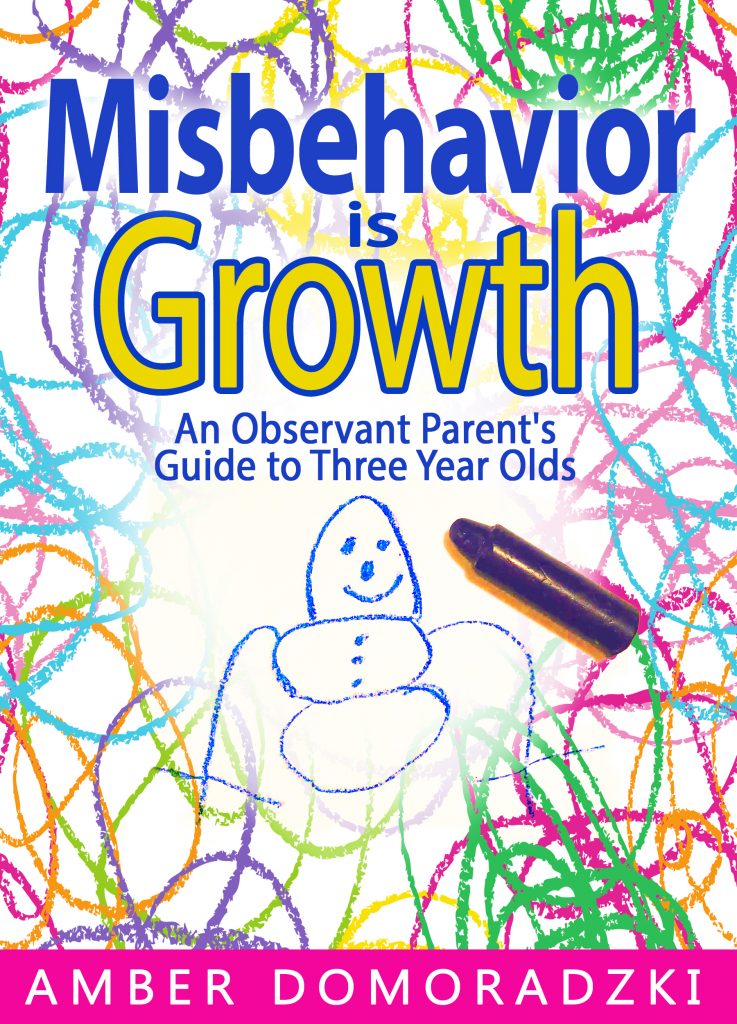A child’s propensity for shame shows up in the mid 3s. It shows up a bit before this, possibly (depending on the child), around 3.1. At 3.1, they might laugh a bit nervously at themselves if they do something a bit risky, such as playfully call their baby brother “Poopies.” Doing such risky things is what the early 3s is all about. But around 3.5 a really major milestone sets in. 3 years, 5 months is fairly notoriously hard for parents. At this age, children become intensely interested in others, and how they fit in. They are highly evaluative of things: you are a great Mom but a terrible cook, so-and-so is their best friend and another friend is NOT, their house is “amazing.” Do you see how this might start the seeds for shame? At 3.5, it’s on a more intuitive level. They sense the emotional tone of your voice suggests you don’t want them around, and they are intensely hurt by it. As time goes on, this propensity for shame comes to be tied to actual events–it’s on a more “rational” level. They realize they REALLY DID do something that caused something to go poorly. The milestone at 3.6 shows this intense propensity for shame. I discuss that here: 3.7.0: Dealing with Overwhelming Shame.
This blog is about dealing with that more intuitive level of shame, starting at 3.5, when they sense the tone of your voice. At this one, if they come up to you asking to play and you just can’t or don’t want to, the natural response from a parent might be to reply with “I’m busy right now. Go play!” They will feel this rejection deeply and run off, “All I wanted to do is play! And Mommy doesn’t want to be with me!”
A simple language change might help. Instead of telling them what to do, “Go play!” tell them how you feel. “I need a moment right now. I can be with you in X time.” This is a subtle change but it makes a big difference.
I learned this by reading Parent Effectiveness Training by Dr. Gordon. His book is geared for teenagers, but I apply his principle of conflict resolution to children at younger ages. Telling a child “go play!” is a “commandment.” You are telling the child what to do. Instead, with a conflict resolution approach, you tell them how you are feeling: what your problem is. You then leave the solution open-ended. You need a moment, indeed. But how they handle that is up to them. They might go play or they might do something else. Maybe just sit quietly next to you.
I discuss using this conflict resolution approach in my book Misbehavior is Growth: 3 Year Olds. My main message as a parenting activist is to work around children’s “bad” behavior. I argue it’s almost all age-related and even if it isn’t, we should use proactive solutions to satisfy the needs of all. In short, parenting is one long problem solving exercise. We ARE here to help them satisfy their needs. Their demands can be relentless but by leaning in, an overall greater calm is brought to everyone. I was thrilled when a mom wrote to me recently that people come to me primarily to learn these “problem solving techniques.” So, that’s going to be my thing going forward. Problem solving techniques. This IS the Misbehavior is Growth approach. What can you do to help this problem solving in your own family and for others?
I discuss this and many other things in Misbehavior is Growth: 3 Year Olds. It is available for preorder now and I expect to release in late 2020 or early 2021!
